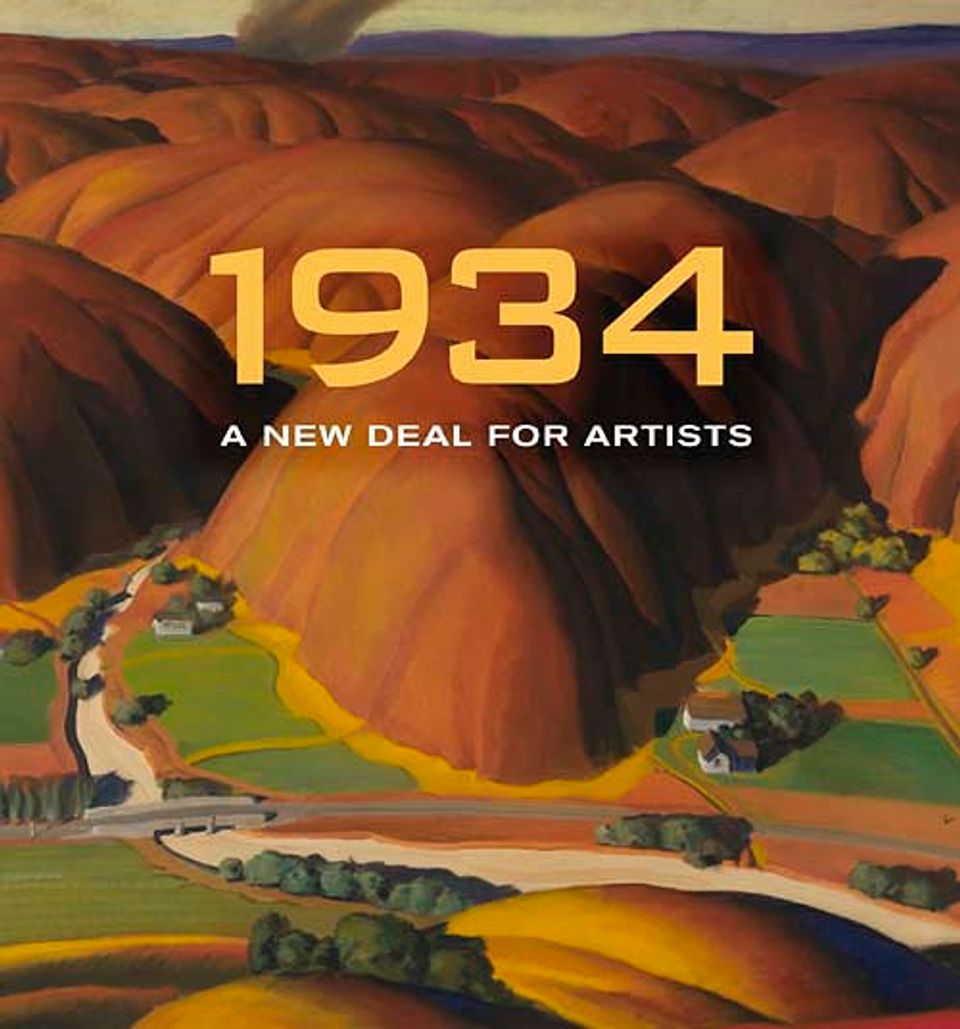Copied
Max Arthur Cohn, Coal Tower, ca. 1934, oil on canvas, 22 1⁄8 x 28 in. (56.2 x 71.2 cm.), Smithsonian American Art Museum, Transfer from the U.S. Department of Labor, 1964.1.4
Copied
Artwork Details
- Title
- Coal Tower
- Artist
- Date
- ca. 1934
- Location
- Not on view
- Dimensions
- 22 1⁄8 x 28 in. (56.2 x 71.2 cm.)
- Credit Line
- Transfer from the U.S. Department of Labor
- Mediums
- Mediums Description
- oil on canvas
- Classifications
- Keywords
- Cityscape — New York — New York
- Cityscape — wharf
- Figure group — male
- Architecture — machine
- Occupation — industry — mining
- Architecture — boat — barge
- New Deal — Public Works of Art Project — New York City
- Architecture Exterior — industry
- Object Number
- 1964.1.4
Artwork Description
1934: A New Deal for Artists exhibition label














